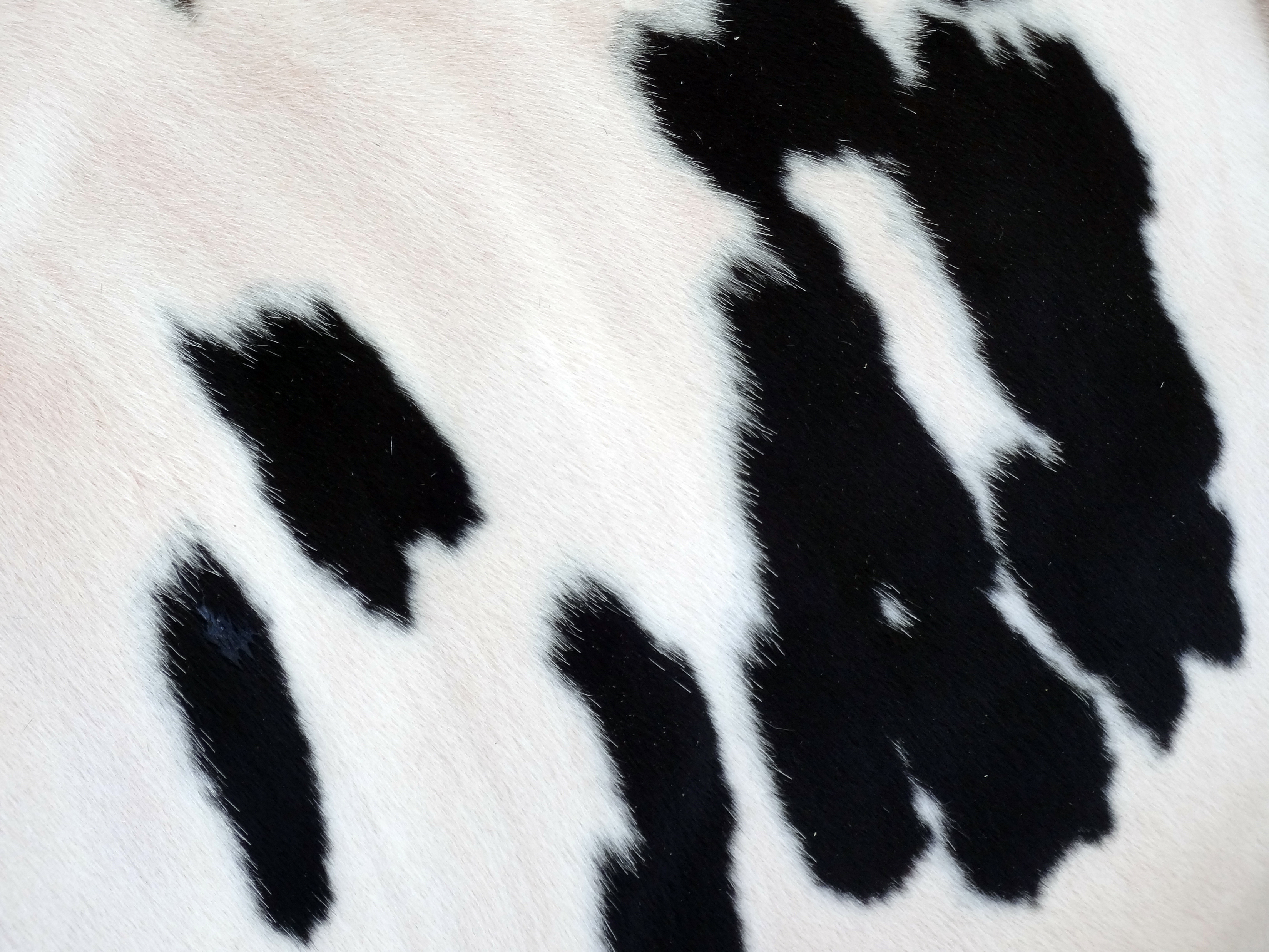Fatty liver is a metabolic disease with high incidence in dairy cows, sheep, and buffaloes. Before calving and in the first weeks of lactation, the energy requirements of lactating ruminants are greater than the capacity of producing energy from ingested nutrients. This negative energy balance triggers a massive release of fatty acids (and amino acids) from the adipose tissue. These free fatty acids (NEFA) are transported from the blood into the liver (mitochondria) to be oxidized to chemical energy. If the oxidation capacity is overwhelmed a part of them is converted into ketone bodies (BHBA and acetoacetate). A high level of ketones is defined as metabolic ketosis. If the flow of NEFA to the liver is excessive, or higher than the transport capacity of the enzymes, they will be re-esterified into triglycerides (TAG) and stored as such in the liver causing fatty liver (TAG content >1%). The extent of lipomobilization can be easily quantified by measuring the blood NEFA, or by running at calving and after a few weeks from it, an evaluation of nutritional status (BCS). It is considered to be at risk a dairy cow that in the week before calving has a blood concentration of NEFA > 0.29 mEq/L (mmol/L) and during the puerperium > 0.6 mEq/L (mmol/L) or if the loss of BCS from calving to the fourth week of lactation is higher than 0.5-1.0. To quantify the risk of fatty liver and metabolic ketosis in more a simple way, the high concentration of milk fat in the first weeks of lactation may be used as a biomarker. A Holstein cow having more than 4.8% in the first weeks of lactation is mobilizing a large amount of long-chain fatty acids from adipose tissue.
Fatty liver is an inflammatory condition with altered metabolic functions such as a significant reduction of energy precursors and an increase of NEFA and ketones. Moreover, there is a marked reduction of important precursors in the synthesis of steroid hormones (estrogen and progesterone). A hepatocyte altered by lipidosis has also reduced insulin and endotoxins clearance. A reduction in gluconeogenesis (the capacity to synthesize glucose from the rumen VFA and proteins), will further aggravate the situation in a moment in which the glucose requirement is very high. The reduction of the urea synthesis involves a dangerous increase in ammonia. Very serious is the reduction in the hepatic synthesis of IGF-1, an important follicular growth factor. A cow with fatty liver experiences an increase in calving interval, reduced pregnancy rate, and delayed resumption of ovarian activity after calving. Therefore, the reduction of reproductive performance is related to an alteration of the synthesis and metabolism of the major sex hormones, to reduced availability of energy, and inefficient hepatic detoxification of ammonia and other toxins. Another consequence of fatty liver is the reduced immune system efficiency.
From this complex and interconnected picture, we may easily understand how the consequences of the negative energy balance and bad management of the transition period are the causes of the different problems a dairy cow may face during the early lactation (75% of the diseases of the dairy cow occur during the first month of lactation). For this reason, prevention plays a fundamental role in the management of this difficult period.
From the nutritional point of view, of paramount importance is the utilization of specific nutrients, key players in the fatty acid and energy metabolism of the dairy cow. MecoVit® (Vetagro) combines in a unique rumen by-pass formulation methionine, choline, betaine, vitamins B12 and B2, that released at the intestinal level, are readily available for the liver metabolism of the dairy cow. Scientific studies (Zang et al., 2019, Journal of Dairy Science) demonstrated how MecoVit® may reduce the liver lipid content and increase the methionine bioavailability in blood.
Figure 1: Results of the study conducted by Zang et al.. Transition dairy Holstein cows were fed a standard diet without (control) or with (treated) the supplementation of MecoVit®. Full text is available here.
Moreover, methionine is an essential amino acid fundamental not only for milk and muscle protein but also for the protein-based immune system and as a precursor of glutathione peroxidase. Methionine is also important for fertility and preventing embryo-loss. B-vitamins as co-enzymes in energetic metabolic pathways are also very important in this high energy demanding phase of the dairy cow. All these nutrients should be supplemented in a rumen-protected form, as the rumen fermentations will degrade most of them leaving almost nothing available for the cow’s metabolism.
In order to survive on the market, a modern dairy farm needs to operate with high productive and reproductive efficiency. Bad management of the transition period, with all the consequences of the negative energy balance on liver health and, as cascade, the increased incidence of metabolic syndromes and diseases, may easily destroy the economic return of the whole lactation. Prevention and good nutritionally oriented management reduce the economic loss and increase the efficiency of this high-risk phase of dairy cow breeding.For more information: marketing@vetagro.comRead the cited peer-reviewed paper here.









